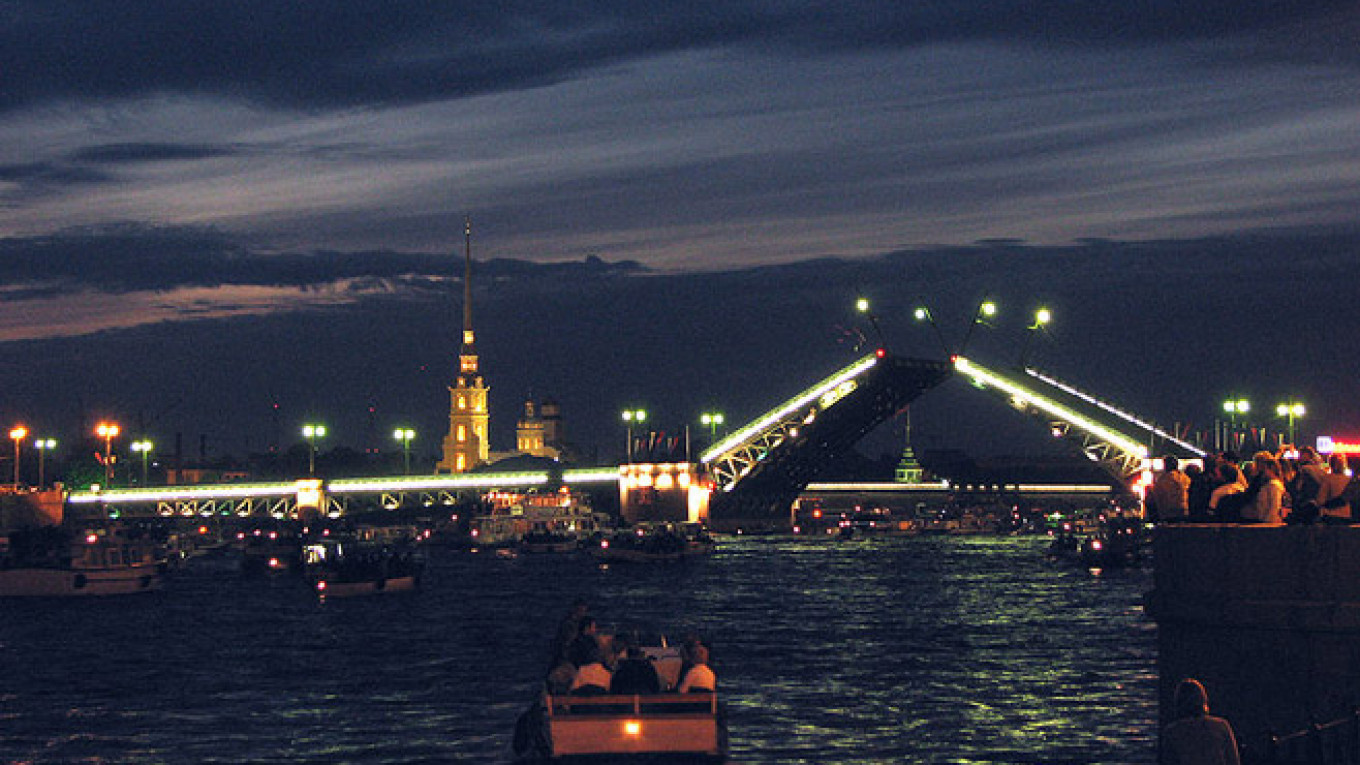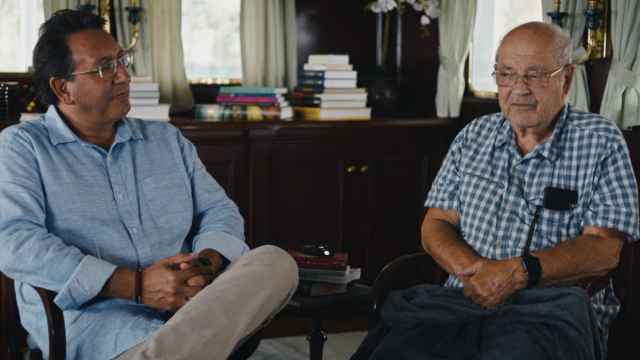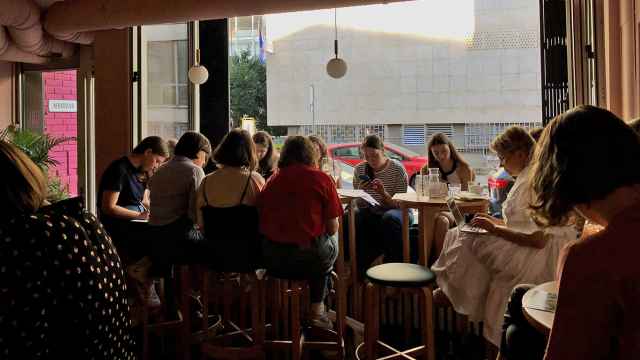Sunset is still after 11 p.m. in St. Petersburg right now as the white nights continue. One of city’s main attractions during this time is watching the bridges open. Stand on the embankment as the bridge goes up and you will see a flotilla of small boats, packed with tourists, filling the Neva River as they sail under the opening bridges.
In all, the city has more than 500 bridges, more than Venice, Amsterdam or Stockholm, and at least 22 open during the navigation period from April through mid-November. However, aside from their practical purpose, they also offer visitors a romantic and unforgettable experience.
Dvortsovy (Palace) Bridge is one of the city’s most famous bridges and, with the silhouette of the Peter and Paul Fortress’s spire in the background, is one of the city’s most well-known symbols.
Built in 1916, the iron bridge across the Neva River connects the city’s central Palace Square with the spit of Vasilievsky Island. The 260-meter-long bridge, which is 27.8 meters wide, has a unique mechanism that helps lift up the two sides of the bridge into the air.
Troitsky (Trinity) Bridge was built between 1897 and 1903 by the Batignolles Building Company after the city turned down Gustave Eiffel, the man who built the eponymous Parisian tower. The opening of the bridge coincided with the 200th anniversary of the founding of St. Petersburg. Both Tsar Nicholas II and French President Felix Faure were present at the ceremony, and Nicholas II personally pressed the button to open it for the first time.
The metal bridge has had its name changed several times. Initially it was named after the Trinity Cathedral, which was destroyed in 1932. After the October Revolution of 1917, the bridge was re-named Ravenstva (Equality) Bridge. After the assassination of Sergei Kirov in 1934, the leader of the Leningrad Communist Party, the bridge was renamed in Kirov’s honor as Kirovsky Bridge. After the breakup of the Soviet Union in 1991, the bridge returned to its original name.
There is a local legend that famed Soviet pilot Valery Chkalov once arranged to have a date with his girlfriend on Troitsky Bridge. To win her heart, he flew under the bridge without touching the water. The episode became yet another legend about him, and there is a scene depicting it in the movie the Soviet Union made about him after his death during a test flight. Another pilot, Yevgeny Borisenko, recreated Chkalov’s famous stunt six times for the 1940 movie.
When walking along Troitsky Bridge, visitors have the best view of the other seven bridges spanning the Neva as well as the Vasilievsky Island spit. Another drawbridge across the Neva River is Liteyny Bridge. Built from 1875 to 1879, it now opens within a few minutes with the help of modern lifts.
Blagoveshchensky Bridge, formerly known as both Lieutenant Schmidt Bridge and Nikolayevsky Bridge, is located on the border of the Gulf of Finland and the Neva. It has eight longitudinal girders and, according to legend, during the bridge’s initial construction during the reign of Tsar Nicholas I, the builders received a title for each girder built, leading to an increase in the number of girders.
However, there are a few conditions when the bridges don’t open during the navigation period, including extreme cold and high winds.
Contact the author at artsreporter@imedia.ru
A Message from The Moscow Times:
Dear readers,
We are facing unprecedented challenges. Russia's Prosecutor General's Office has designated The Moscow Times as an "undesirable" organization, criminalizing our work and putting our staff at risk of prosecution. This follows our earlier unjust labeling as a "foreign agent."
These actions are direct attempts to silence independent journalism in Russia. The authorities claim our work "discredits the decisions of the Russian leadership." We see things differently: we strive to provide accurate, unbiased reporting on Russia.
We, the journalists of The Moscow Times, refuse to be silenced. But to continue our work, we need your help.
Your support, no matter how small, makes a world of difference. If you can, please support us monthly starting from just $2. It's quick to set up, and every contribution makes a significant impact.
By supporting The Moscow Times, you're defending open, independent journalism in the face of repression. Thank you for standing with us.
Remind me later.






